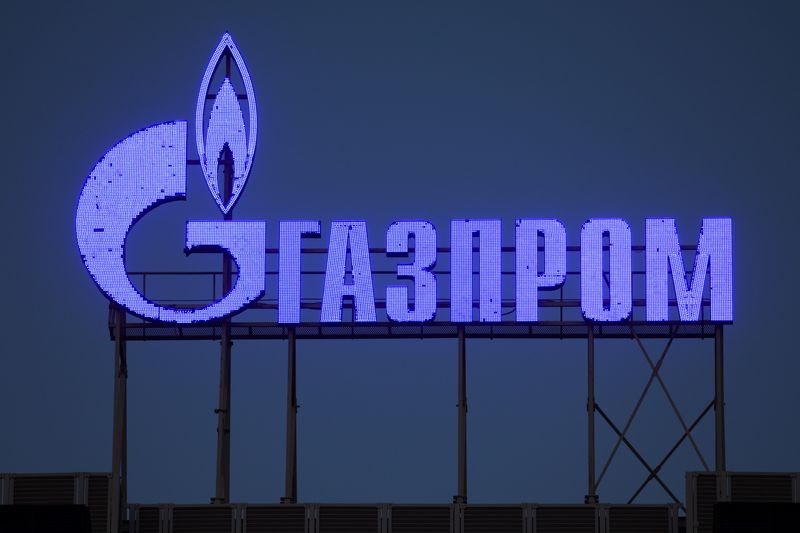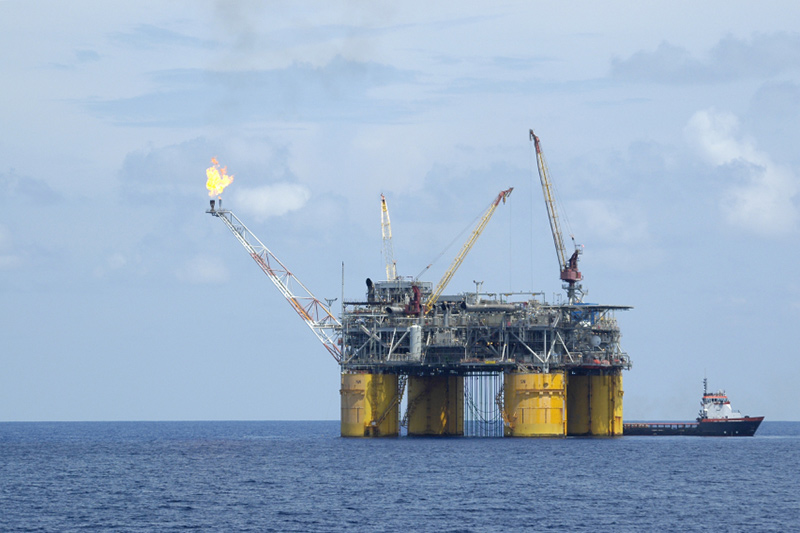MOSCOW (Reuters) – Russia’s once dominant gas supply to Europe through Ukraine, which has flowed for decades, will end on New Year’s Day with the collapse of a contract between the two warring countries that has paid out billions to Moscow in gas revenues and to Kiev in transit fees .
The closure of Russia’s oldest gas route to Europe ends a decade of fraught relations sparked by the Russian conquest of Crimea in 2014.
The European Union has redoubled its efforts to reduce its dependence on Russian energy by seeking alternative sources after the outbreak of war in Ukraine in 2022.
Liquefied (LNG) from Qatar and the United States has helped the EU find alternative supplies. The supply via pipes comes from Norway.
The change was evident last year when Russian state-controlled gas exporter Gazprom (MCX:) posted a $7 billion loss, its first since 1999, despite its efforts to boost exports to new buyer China.
Other customers of Russian gas via Ukraine, such as Slovakia and Austria, have also arranged alternative supplies.
A spokesperson for the Austrian Energy Ministry said on Tuesday that purchases via Italy and Germany and the filling of warehouses had guaranteed supply for consumers.
Slovakia will also not risk a shortage, but now faces an additional 177 million euros in fees for alternative routes, the Economy Ministry said.
A European Commission spokeswoman said EU preparations included energy efficiency measures, the development of renewable energy and a flexible gas system.
“The European gas infrastructure is flexible enough to supply gas of non-Russian origin via alternative routes to Central and Eastern Europe. Since 2022, it has been strengthened with significant new LNG import capacities,” said Anna-Kaisa Itkonen.
MARKET IMPACT
Analysts foresee minimal impact on the market from the halt, which was confirmed on Tuesday when data from Ukraine’s gas transit operator showed that as of 5pm GMT, Russia had not requested gas flows through the Ukrainian pipeline to Europe for January 1.
They say the end of the transit deal is unlikely to lead to a repeat of the EU gas price increase in 2022 as remaining volumes are relatively small.
The gas market reacted little on Tuesday. European benchmark gas prices stood at 48.50 euros per megawatt hour, an increase that was only marginal that day.
UKRAINE WAR
Despite the EU’s progress in replacing Russian supply through Ukraine, Europe has felt the impact, with higher energy costs eroding industrial competitiveness against the likes of the United States and China.
That has contributed to a major economic slowdown, a spike in inflation and exacerbated the cost of living crisis.
Ukraine now faces a loss of around $800 million a year in transit fees from Russia, while Gazprom will lose almost $5 billion in gas sales.
Moldova, once part of the Soviet Union, is among the worst affected countries. It says it will now have to take steps to cut its gas consumption by a third.
OTHER ROUTES
Russia and the former Soviet Union spent half a century building up a large share of the European gas market, which at its peak was about 35%, but the war in Ukraine has all but destroyed that business for Gazprom.
The Yamal-Europa pipeline via Belarus has also been closed and in 2022 the Nord Stream route across the Baltic Sea to Germany has been blown up.
Combined, the various routes delivered a record 201 billion cubic meters (bcm) of gas to Europe in 2018.
Russia shipped about 15 billion cubic meters of gas through Ukraine in 2023, up from 65 billion cubic meters when the last five-year contract started in 2020.
The only Russian gas route still in operation is TurkStream, which crosses the Black Sea to Turkey.

TurkStream has two lines: one for the Turkish domestic market and the other for delivery to Central European recipients, including Hungary and Serbia.
($1 = 0.9601 euros)


